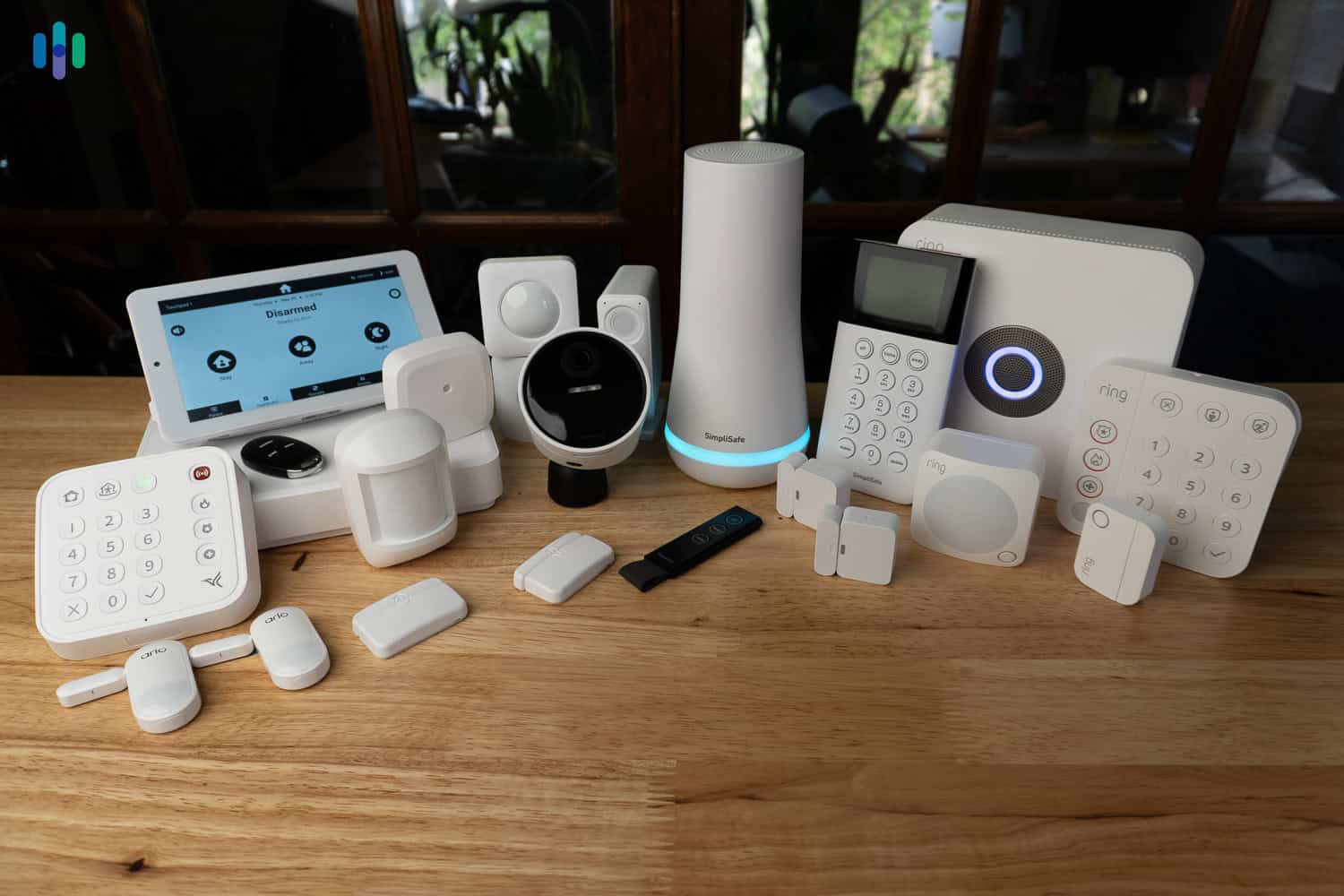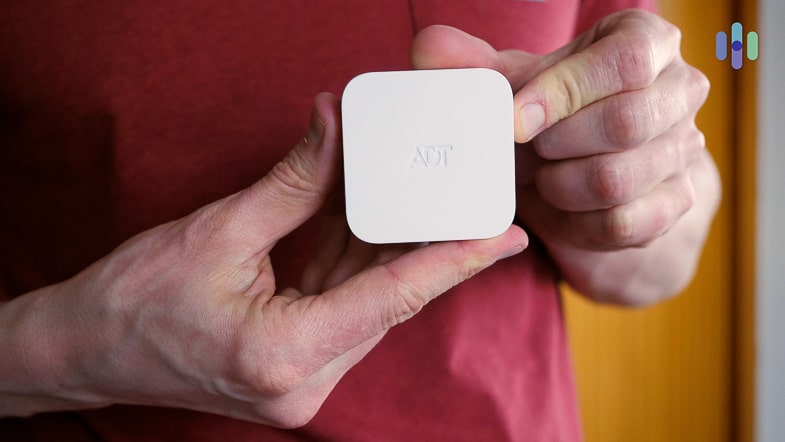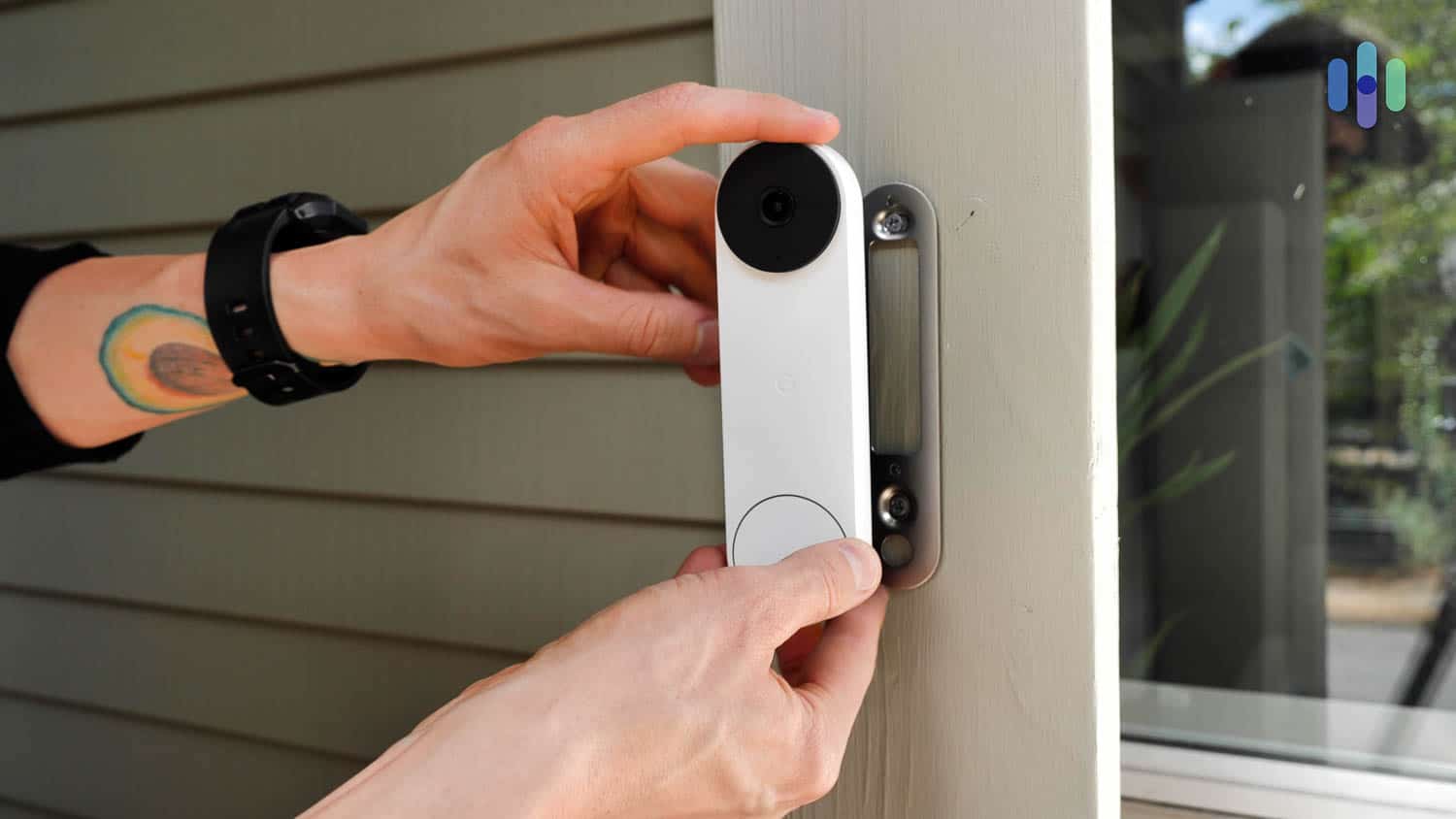Your vehicle is an extension of your home, and just like homes, cars can be broken into. We discussed in a separate post what our security experts recommend doing if someone broke into your home. This time around, let’s talk about what you should do in the event of a vehicle break-in. The recourse for such is slightly different than that of a home break-in, but with the help of this guide, you’re sure to recover and get the most out of your auto insurance.
What to Do if Your Car Is Broken Into
Your immediate priority after discovering a car break-in is ensuring personal safety. Whether the incident occurred in a parking garage or your own driveway, you need to secure yourself first and assess your surroundings carefully. The perpetrator could still be nearby and might pose a threat if they see you approaching the vehicle they just targeted.
Vehicle Break-In In A Public Place
Car break-ins frequently occur in parking areas of shopping centers, airports, and entertainment venues. These locations become prime targets for criminals when they’re poorly lit, have minimal foot traffic, or lack adequate security. This means the area where your break-in occurred is most likely unsafe to begin with.
Here’s what our security experts recommend doing:
- Go back inside: While you might get the urge to check on your car and see what was stolen, it’s best to go back inside the establishment and find a safe, public place with high foot traffic.
- Report to the management: Immediately contact the establishment’s management and ask for security personnel.
- Call the police: At the same time, it’s also a good idea to have the police come on-site.
Vehicle Break-In At Home
Things become more unsettling and potentially more dangerous when the break-in happens at your residence. It might occur when your car is parked in your driveway or garage. Either way, your family’s safety remains the absolute priority. Here’s what you should do:
- Go back inside your house: Again, you must find a safe place. In most cases, that’s your own house. So go back inside and lock all your doors. If you don’t feel safe at home because you’re alone, you can also go to a neighbor’s house.
- Call for help: The next step is to call for help, that is, the police. If you live in a gated community with security guards, get them out there too. They most likely have a protocol in place for such situations.
The Next Steps
Once you’re secure and law enforcement has arrived, you’ve handled the immediate crisis. Now let’s focus on recovery. Specifically, how you can bounce back from a vehicle break-in and protect yourself from potential identity theft or financial fraud. This includes documenting everything properly for your insurance claim.
-
- Take pictures. You’ll need pictures of the damage for your insurance company.
- Take inventory. Make a list of everything that was stolen or damaged.
- Call the police and file a report. To file a police report, you’ll need the following:
-
- Photos of damage
- Your driver’s license
- The vehicle registration number
- Your insurance card/ policy declaration page
- The approximate time of the incident
- A list of what was stolen or damaged
If your license plate was stolen, the replacement process varies by state. You’ll typically work with your state’s Department of Motor Vehicles (DMV). Be prepared to provide the original police report, vehicle registration documents, proof of insurance and a government-issued ID when filing for a replacement.
-
- Contact your bank. If any credit or debit cards were stolen, call your bank to freeze your accounts and cancel your cards.
- Place a fraud alert. If you had documents stolen that contained your personally identifiable information (PII), like a lost Social Security card, you may be at risk of identity theft. Before you check if your identity was stolen, place a fraud alert on your credit reports for all three bureaus; this will act as a red flag to potential lenders and creditors so you don’t get penalized for fraudulent activity.
Credit-reporting bureau Requirements URL Phone number Mailing address Experian State issued ID, piece of mail as proof of address https://www.experian.com/fraud/center.html#content-01 888-397-3742 N/A TransUnion Name, address, and Social Security number https://www.transunion.com/fraud-alerts 800-680-7289 TransUnion Fraud Victim Assistance
P.O. Box 2000
Chester, PA 19016Equifax Photocopy of Social Security Card, pay stub with Social Security number, W-2 or 1099 and driver’s license or state ID card, rental lease agreement/house deed, pay stub with address or utility bill https://my.equifax.com/consumer-registration/UCSC/#/personal-info 888-836-6351 Equifax Information Services LLC
P.O. Box 105069
Atlanta, GA 30348 - Contact your identity theft insurer. If you already have identity theft insurance through an identity theft protection service, see if you’re eligible for any reimbursements.
- File an insurance claim. Next, you’ll want to contact your insurance agent and, possibly, your homeowners or renters’ insurance agent for any damaged or stolen personal items.
Be sure to have with you the following:
- Date/time of the incident
- Where damage is located
- Where the vehicle was parked
- The police report number
- Your phone number
- Contact information for your lender or vehicle leasing company, if applicable1
- Meet with claims adjuster. Next, you’ll meet with your insurance company’s claims adjuster to determine your coverage, which will differ based on what type of insurance you have, detailed below.
- Repair your car. Get multiple repair estimates from certified auto body shops and compare them to Kelly Blue Book estimate to ensure you’re getting fair pricing for the work needed.2
- Replace stolen or damaged items. Finally, get things back to normal by replacing what was damaged or stolen.
What Is Auto Vandalism?
Auto vandalism is defined as any damage or destruction to a vehicle, which can include:
- Damage or defacement to the body of the vehicle
- Broken lights
- Broken glass
- Stolen or slashed tires3
Auto vandalism may or may not accompany car break-ins.
How Does Insurance Apply To Car Break-Ins?
If you carry comprehensive insurance coverage, car theft and break-in damage is typically covered. Without comprehensive coverage, your options become limited. Always verify your specific coverage details with your insurance provider, but here’s what you can generally expect.
What Comprehensive Auto Insurance Covers
- Stolen cars
- Stolen car parts
- Car damage repairs from thefts/break-ins
What Comprehensive Auto Insurance Does Not Cover
- Theft of personal belongings including phones, laptops, jewelry, and other valuables.4
What to Do if You Don’t Have Comprehensive Coverage
If you lack comprehensive auto coverage, still report the theft to your car insurer and to the police. That way, if the thief does damage to others with your car, you won’t be held liable. But, unfortunately, it’s unlikely that you’ll get any money back for the theft and/or damage. The only case in which you would be able to receive compensation would be if:
- The police find the car thief.
- The police convict them of stealing the vehicle.
- You sue the thief personally.
- You receive a judgment in your favor.
- The thief is able to repay you.
Even in this unlikely best-case scenario, you may still face storage, towing, and impound fees. The specifics depend on your local and state regulations. However, there’s one potential silver lining. If you have homeowners or renters insurance, it may cover items stolen from vehicles, with coverage limits typically ranging from $1,000 to $10,000 for off-premises theft 5.
Tip: If you lack comprehensive auto insurance, you may be able to get reimbursed for stolen items from your renters or homeowners insurance.
What Is the Cost Of Full Coverage Insurance?
The average annual cost for full coverage auto insurance reached $1,258 in 20226. That includes liability, comprehensive, and collision coverage. This represents a significant increase from previous years due to rising repair costs and vehicle values. For comprehensive coverage specifically, deductibles typically range from $100 to $1,000, with $500 being the most common choice among policyholders.
How to Prevent Further Car Break-Ins
After dealing with the stress and inconvenience of a car break-in, it’s time to prevent future break-ins.
-
- Get security sensors and cameras. There are security systems and security cameras designed for use in vehicles specifically. Modern vehicle security systems, such as those offered by Ring, can help you protect your car remotely.
- Vehicle alarm systems: Contemporary car alarms use advanced sensors to detect unauthorized entry, glass breakage, and even tilt changes that might indicate towing attempts. These systems can send instant notifications to your phone when triggered.
- Dash cameras with parking mode: Many modern dash cams now feature parking surveillance modes that activate when they detect motion or impact while your car is parked. These cameras can capture crucial evidence if a break-in occurs.
- Get security sensors and cameras. There are security systems and security cameras designed for use in vehicles specifically. Modern vehicle security systems, such as those offered by Ring, can help you protect your car remotely.
Note: Several automakers now offer built-in security features through their connected services apps, including remote monitoring, automatic emergency notifications, and GPS tracking capabilities.
-
-
- GPS tracking devices: These compact devices can be hidden in your vehicle and provide real-time location tracking if your car is stolen. Many models offer geofencing alerts that notify you if your vehicle moves outside a designated area.
- Don’t hide spare keys. It may seem obvious, but don’t hide your spare key anywhere in or on your vehicle.
- Don’t keep anything in your car. Nothing should be visible in your car, especially valuable items. Instead, put them in your trunk where they can’t be seen or bring them with you.
- Hide electronic accessories. Even something as seemingly innocuous as a power cord could indicate that more electronic items are in the car, so it’s best to hide everything.
- Lock doors and windows. Did you know that nearly one-quarter of vehicle theft is from unlocked cars? By locking your car and rolling up your window, you’ve reduced your chances of vehicle theft greatly.
- Park in well-lit areas. If it’s available, choose an area that’s clearly visible and isn’t blocked by other cars, bushes, or trees. The best place to park is in a parking lot with video surveillance, which, at this point, comprises the majority of retail parking lots.
- Take your keys with you. Even if you’re parked in a garage, don’t leave your keys in the car; if it’s a home garage, leave your garage door opener out of sight. Learn more about how smart garages work.
- Use a steering wheel locking device. Modern steering wheel locks combine traditional mechanical security with smart features like motion sensors and smartphone alerts. While determined thieves can still defeat them, these visible deterrents often convince criminals to target easier vehicles instead.
-
Recap
Experiencing a car break-in can be distressing and disruptive. Appropriate insurance coverage can help you recover financially. Moving forward, you can reduce your risk of becoming a repeat victim by implementing a few simple security measures. These preventive steps include consistently locking doors, choosing secure parking locations, removing valuables from sight, and considering modern vehicle security technology.
Remember that most car break-ins are crimes of opportunity. Making your vehicle a less appealing target often means the difference between being victimized and staying secure.
Frequently Asked Questions
In the world of security and safety, vehicle safety tends to take a backseat to home safety, but we’ve got it covered.
-
Does insurance cover you if your car is broken into?
Auto insurance with comprehensive coverage does cover car break-ins. However, it won’t be covered if your auto insurance isn’t comprehensive, although homeowners and renters insurance can cover reimbursements for items stolen or damaged in cars.
-
Which type of insurance covers the items in your car if it gets broken into?
The types of insurance that cover items in your car if it gets broken into include auto, homeowners and renters insurance. Life insurance does not cover vehicle theft.
-
Does car insurance cover vandalism?
Car insurance with comprehensive coverage covers vandalism. However, if your auto insurance lacks comprehensive coverage, then vandalism isn’t covered, and you won’t be eligible for reimbursement.
-
What happens if your car gets vandalized?
If your car gets vandalized:
- Take pictures.
- Connect with your auto insurer to file a claim. If you have comprehensive coverage, you should be able to get reimbursed for the repairs.
- File a police report.
- Repair your car.






